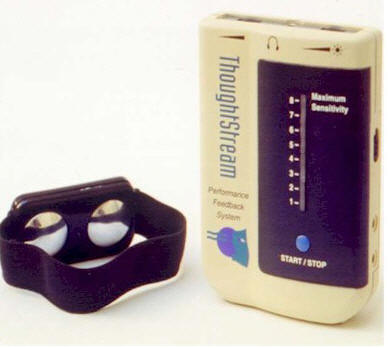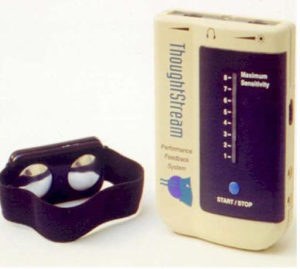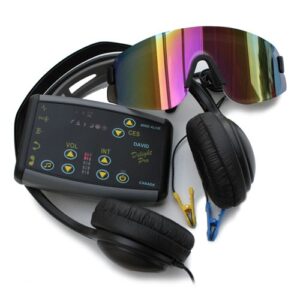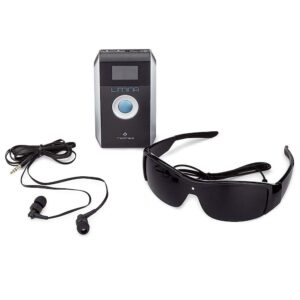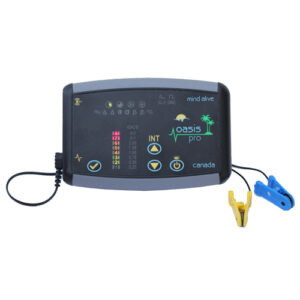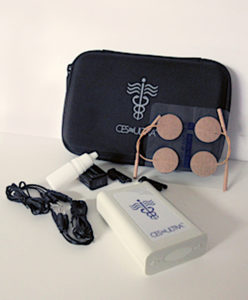- Enhance your Mindfulness Meditation Training
- Cultivate relaxed to highly focused states of mind body integration
- Tune your ability to pay close attention to selected tasks
- Stay calm in difficult or stressful situations
- Achieve sustained states of Zen-like mental clarity
“If you can keep your head when all about you are losing theirs…” Rudyard Kipling
Biofeedback measures various physiological events (perspiration, heart rate, brain waves, muscle tension, etc) and displays them to the user in visually, as sounds, or even tactile stimuli. When the user gets the feedback, it becomes possible to change the physiology, by learning to relax, focus, meditate, etc. The biofeedback approach to change, while effective, takes more effort and, typically preparation of electrodes and cables, than does entrainment systems (mind machines) that cause the desired changes with no effort required of the user. We recommend mind machines (AVE light and sound, CES) for most people because it takes less work and, therefore, has a higher rate of success.
We need calmness to function at our best. But becoming calm in trying situations does not come naturally. All animals have the flight or fight response as survival mechanisms. We can’t and probably shouldn’t try to get rid of it… it comes in handy when you have to cross the street. But we can learn how to keep our anxiousness from consuming us and keeping us from enjoying our lives. We can reduce hyper-vigilance and feel more at peace and in harmony. Many disciplines offer such control. The term Zen has come to mean a calm state in which one does not react to stimuli as threatening. Other types of meditation promise such states of mind. They all aim for some degree of letting go, both mentally by not latching on to each thought that comes to mind and by relaxing physically by becoming aware of bodily tensions and postures that impede the flow of energies.
Another, more technological approach, biofeedback, coaches us by displaying our emotional stress levels moment to moment. With a surprisingly gentle learning curve, users find it fairly easy to bring their excessively high levels of arousal down into the tranquility zone. Along with the emotional relaxation comes physical ease, including often normalized blood pressure. Biofeedback especially suits those with no desire to spend years in meditation, yoga, taichi, and other disciplines. Just put the hand sensor on and watch the lights on the Walkman-sized control box, or listen to tones in the included headphones, and try to make them change. “Trying” actually misleads since by not trying, tension lessens and the lights and/or sounds lower in color or pitch. Those who have strong loci of internal control can make the lights and sounds go up or down at will. It does not take long to get the hang of it, and once you do, you will have become calmer and less reactive to the stressors of living.
You can also consider biofeedback/neurofeedback devices like the WaveRider which use a few connections to the scalp and your PC. The easy-to-use software tells you when you’ve reached the desired state of mind and the effects last and become second nature with time. We hope that more parents and educators will try these non-invasive approaches before resorting to drugs.


